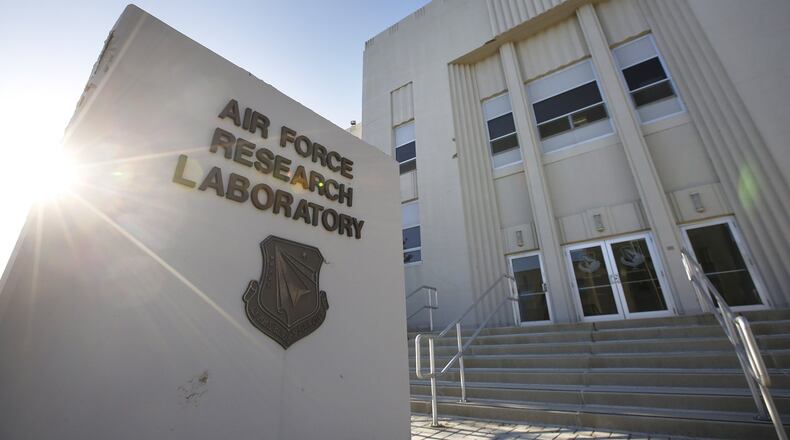In an interview Friday, Brown said lawmakers wanted the defense secretary to know “this doesn’t make sense for the Department of Defense, it doesn’t make sense for taxpayers, it doesn’t make sense for our national security, so we’ll push back hard.”
Congressional committee leaders with oversight of the program were not notified of the change before it was ordered, the senator added.
RELATED: U.S. has let defense industry demise go too far, local contractor says
Located in AFRL’s Materials and Manufacturing Directorate, the initiative identifies manufacturing needs critical to national defense and provides grants to support manufacturing production so the capability remains viable in the United States, said Michael Gessel, Dayton Development Coalition vice president of federal programs.
With oversight for the entire military, the Wright-Patterson office has national reach, he said.
“There’s a reason it’s in Dayton, and explain any good reason why it shouldn’t be,” Brown said.
The office, which has 13 government employees, opened at Wright-Patterson in 1987, according to Division Chief Charles Ward. About a dozen contractor employees also work there, an official said. The Air Force is to cease oversight of the initiative by Oct. 1.
With talk of a round of base closures at the Pentagon, there is “heightened sensitivity” to programs that could relocate from Wright-Patterson, Gessel said.
“The irony of the proposed move is that it would shift the manufacturing office from a region where there is a lot of industrial activity to the one place in America where there has never been any — Washington, D.C.,” said Loren B. Thompson, a senior defense analyst with the Arlington, Va.-based Lexington Institute and an industry consultant.
Thompson added in an email Wright-Patterson is relatively close to major manufacturing sites, such as the General Electric jet engine plant near Cincinnati and Boeing military aircraft production in St. Louis, Mo.
“Local congressional delegations need to resist the trend towards centralizing all government activity in the nation’s capital,” he said in an email. “Washington is already overcrowded with jobs that are needed more elsewhere.”
Currently, the manufacturing initiative has a $46.7 million budget and 40 active projects, according to AFRL.
RELATED: Military must focus on technology, Wright-Patt top general says
The Defense Production Act of 1950 created the program. The Senate Banking Committee and the House Financial Services Committee have oversight of the act.
Brown is the lead Democrat on the Senate committee. Banking Committee Chairman Mike Crapo, R-Idaho, and House Financial Services Committee Chairman Jeb Hensarling, R-Texas, and ranking member Maxine Waters, D-Calif., signed the Aug. 3 letter, also.
The lawmakers in their letter to Mattis noted the importance of the initiative: “This unique set of program capacities is located nowhere else in the federal government and took years to develop and refine, capacities that will not exist in the various services when the July 1 order becomes effective.”
A Pentagon spokesman was unable to provide information on the issue Friday.
COMING SUNDAY
This newspaper takes an in-depth look at an upcoming federal government review to assess the gaps in the U.S. defense industrial base and how the Dayton region’s defense industry is faring. Count on us for continued coverage of major economic and national security issues important in the Miami Valley.
About the Author
